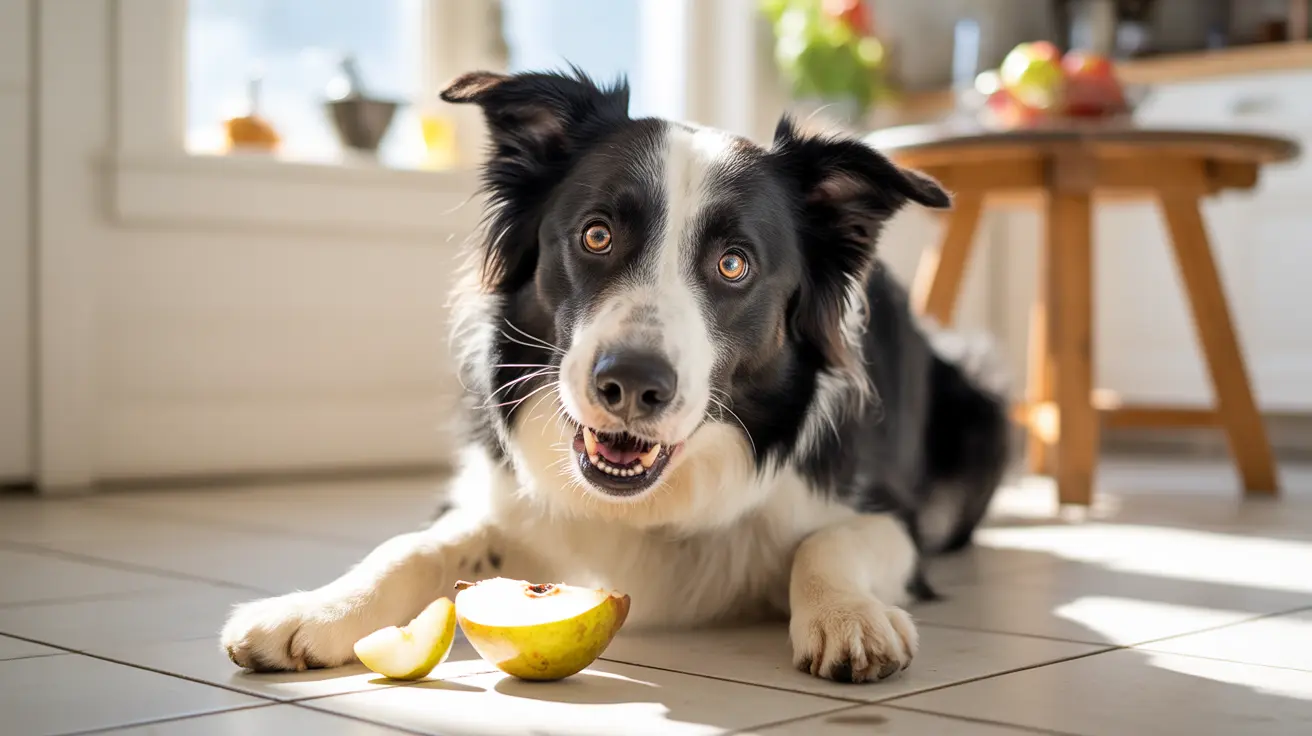Understanding Dog Skin Tags: Appearance, Causes, and Care
If you've ever noticed a small, fleshy bump on your dog's skin while petting or bathing them, you might have discovered a skin tag. These growths are common in dogs and, while often harmless, can sometimes cause concern for pet owners. Let's explore what they are, why they form, and how to care for your dog if you find one.
What Are Dog Skin Tags?
Skin tags, also known as fibrovascular papillomas, acrochordons, or skin polyps, are abnormal but typically benign growths on your dog's skin. They can show up anywhere: neck, chest, face, eyelids, legs—you name it. Their appearance varies: some feel firm or soft; others seem squishy or hard. You might notice flat ones nestled against the skin or raised ones dangling from a stalk. Most match your dog’s skin color or might be just a shade darker.
Usually small (just a couple millimeters), these tags often go unnoticed until you run your hands over your dog or give them a bath. They're made up of normal skin tissue—collagen proteins and blood vessels bundled together in an unusual spot.
Types of Skin Tags in Dogs
- Fibroadnexal hamartomas: Hairless tags found mostly on limbs.
- Follicular hamartomas: Flatter tags with hair present.
The variety in shape and texture means not every bump is the same—and not every bump is even a skin tag!
Why Do Dogs Get Skin Tags?
No single cause explains why dogs develop these growths. However, some factors make them more likely:
- Age: Middle-aged and senior dogs get them more often.
- Breed: Large breeds—like Boxers, English Bulldogs, Poodles, and Cocker Spaniels—are more prone.
- Irritation & Friction: Repeated rubbing (from collars/harnesses or lying on hard floors) can trigger their development. Areas where skin folds rub together are especially susceptible.
- Papilloma Virus: While mainly linked to warts, this virus can sometimes play a role in forming skin tags.
Are Skin Tags Dangerous?
The good news: skin tags don’t signal underlying illness. Most are simply cosmetic quirks that don’t bother your dog at all. But location matters—a tag near the belly or elbow could get irritated by movement or pressure. If scratched or pulled off (by accident), they might bleed or become infected.
Differentiating Skin Tags From Other Growths
A few other lumps can look like skin tags but aren’t:
- Mast cell tumors/malignant melanomas: Some cancers mimic the look of skin tags—always have new growths checked by your vet.
- Warts: Caused by viral papillomatosis; usually firmer and rounder than typical skin tags.
- Nipples: Symmetrical along the underside; sometimes mistaken for tags by new owners.
- Ticks: Can look similar but have eight legs (and may move if touched).
Your veterinarian will help distinguish between these possibilities to ensure nothing serious is missed.
When Should You Worry?
You should contact your vet if you notice any of the following changes in a suspected skin tag:
- A sudden increase in size
- A change in color, shape, or overall appearance
- B leeding, ulceration, redness, discharge, or signs of infection
- Your dog scratching at it excessively or showing signs of discomfort
- The tag is near sensitive areas (eyelids/mouth) and causing irritation
- Your dog seems generally unwell
How Are Skin Tags Diagnosed?
Your vet may use several methods to diagnose a lump as a benign skin tag:
- Monitoring: Tracking size/location/appearance over time with notes or photos.
- Fine Needle Aspiration (FNA): Using a tiny needle to collect cells for microscopic examination.
- Biopsy: Removing part/all of the lump if malignancy is suspected for lab analysis.
Treatment Options & Home Care
If confirmed as harmless and not causing issues, most vets recommend leaving the tag alone. Removal may be considered if it’s repeatedly injured/irritated or in an awkward spot. This is usually done under anesthesia—especially if your pet is already sedated for another procedure.
Never try to remove a tag at home! Doing so risks pain, bleeding, infection—or missing something more serious entirely. Over-the-counter remedies aren’t recommended unless specifically discussed with your vet after diagnosis.
If you’re considering supplements/products for benign tags (after veterinary confirmation), always consult with your vet first about safety and efficacy.
Most dogs live happily with their tags—they’re primarily cosmetic unless injured/infected.
Caring For Dogs With Skin Tags & Prevention Tips
- Clean between any deep folds regularly to minimize irritation/infection risk.
- Avoid hard surfaces; provide supportive bedding to reduce pressure points on elbows/hips/chest.
- Tighten collars/harnesses only enough for security—not so much that they rub constantly against the same patch of fur/skin.
- Treat underlying allergies promptly to prevent scratching/biting that leads to friction-based growths.
- If your dog’s overweight (especially breeds prone to folds), work toward healthy weight loss to reduce rubbing between folds.
You can’t always prevent these growths—but regular checks help catch anything new early so you can track changes with photos/notes.
Remember: a veterinary checkup is always wise for any new lump or bump!





